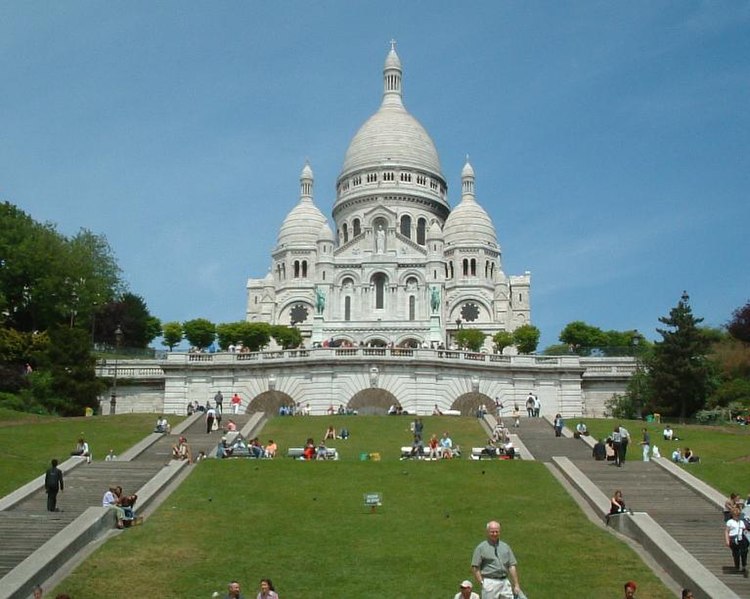For this post, I took pictures of my mini travel figurine collection and placed it on a map!
Italy
· The Leaning Tower of Pisa (Pisa)· The Colosseum (Rome)
--Read my article on these two amazing places here!
· St. Peter’s Basilica (Vatican)
--Read my article about the architecture of this building here.
Germany
· Grass Mouse (Mittenwald)--Remember that post I wrote about the Grass Goat? No? Well, read it here. :)
France
· The Eiffel Tower (Paris)--Why is Paris so famous? Think about it here.
England
· Stonehenge (Amesbury)· Big Ben (London)
Spain
· Aqueducts of Segovia (Segovia)--Watch my YouTube about these awesome Aqueducts here. Check out my creative writing story as well!



